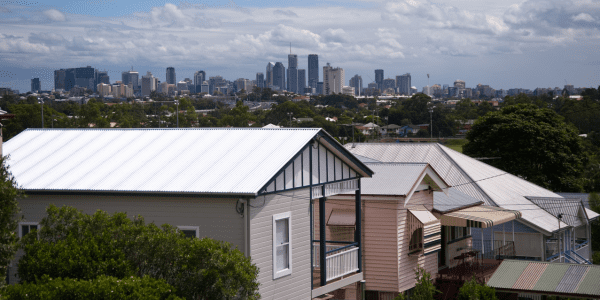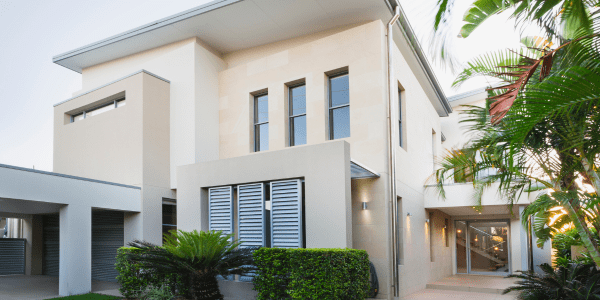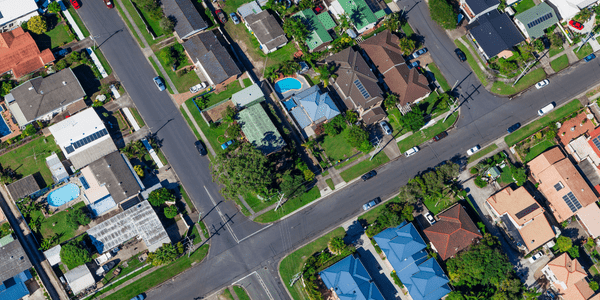What Is The Average House Size In Australia?
How the average house size may influence your purchase
Did you know that house sizes can have a major influence on lifestyle? Not only that, but the average house size also impacts and influences important services such as building and pest inspections.
The average house size in Australia
When it was last measured in 2017-2018, the average house size in Australia was 231 m2.
This is a decrease from 2009 when the average house size was 247 m2. This 2009 figure is the highest recorded average.
However, while houses are gradually declining in size, they are still 30% bigger than they were in 1988.
House size in Australia is second only to the United States in terms of largeness.
Homes in New Zealand are 8% smaller than Australian homes, while Canadian homes are 10% smaller.
Average house sizes in different states
The average size of homes does vary based on what state or territory you live in.
Victoria has the largest average house size in Australia at 244.8 m2.
The second largest was ACT at 242 m2. Meanwhile, the state with the 3rd largest average house size was Western Australia 235.3 m2.
Queensland came 4th, with an average house size of 230.8m2.
The smallest average house sizes in Australia are found in Tasmania and the Northern Territory.
Why does the average house size change?
There are several factors that influence the size of homes in Australia.
1. Changing lifestyles
One of the most significant reasons that house sizes have fluctuated over the years is due to the changing lifestyles of the people who live in them.
It is becoming increasingly common for younger people to want to live closer to their workplaces, cafes, restaurants, shopping centres and airports.
As such, many people are far more willing to live in smaller dwellings like apartments and townhouses, rather than larger detached homes.
This demand for higher density living has seen approximately half of all newly built developments in Australia be apartments.
Furthermore, people are having less children at later ages. With smaller households comes less need for larger houses.
2. Eco-friendliness
Another reason for the change in house sizes is an increased concern over the environmental impact of larger homes.
Larger homes require more electricity to light them and more energy to heat and cool them.
Furthermore, larger homes encourage people to buy more things to fill the space.
Thus, the increase in concerns over the environment has seen people buy and build smaller homes to lead more sustainable lives.
3. Changing economic conditions
Naturally, larger homes are more expensive to build and to buy than smaller houses are.
As such, rapidly increasing house prices, as well as an increase in the cost of labor and materials, have seen smaller homes become a more attractive option.
When household expenses increase faster than wages, buyers become far more conservative in their decisions.
House size influence on building and pest inspection
The cost of your building and pest inspection depends on how large or small your property is.
An inspection on a smaller home is less costly than an inspection carried out on a large house.
This is due to the fact that larger homes take longer to inspect.
Contact us today
At Dedant, we provide quality building and pest inspections, annual timber pest inspections, pest control, handover inspections, termite treatment and management, meth testing and asbestos testing.
We have been servicing Brisbane, Redland Bay, Moreton Bay, Gold Coast, the Scenic Rim, Sunshine Coast, Ipswich and Logan since 2009.
Contact us on 07 3807 0122 or via our website.





